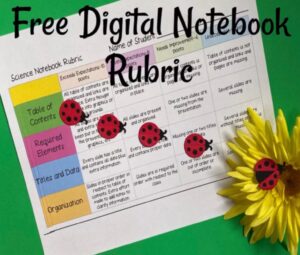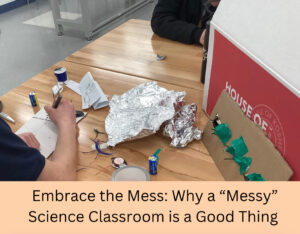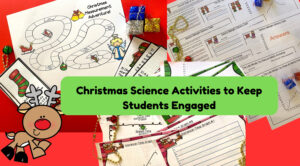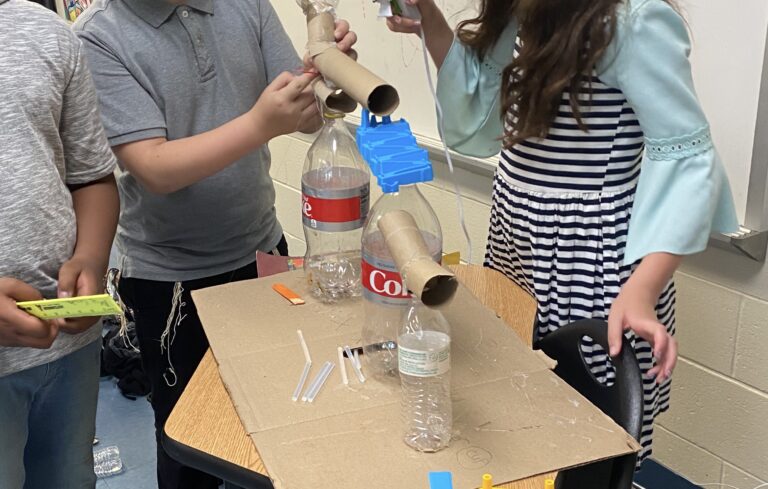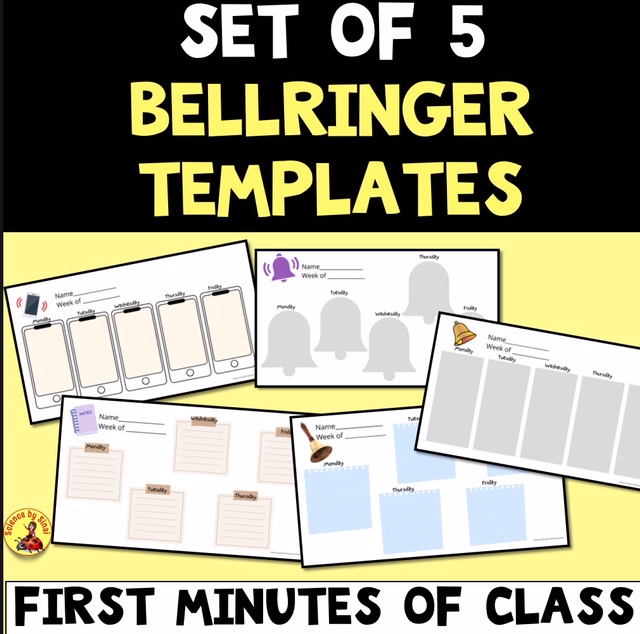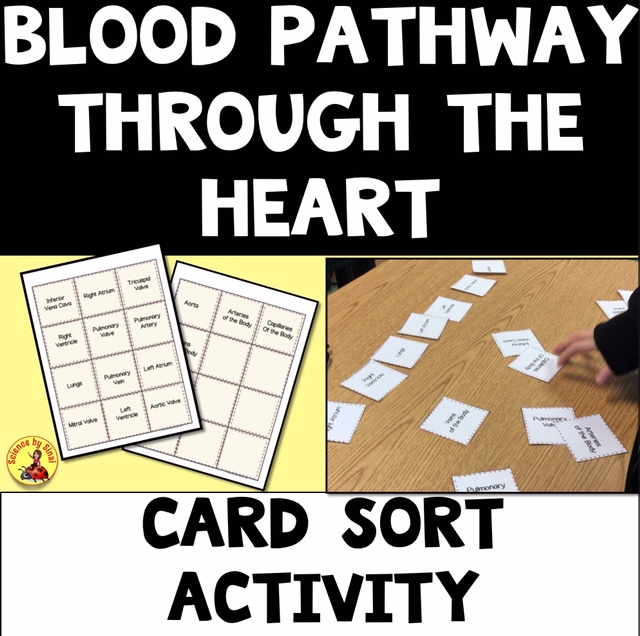20 Teacher Hacks For the Middle School Science Classroom
All teachers develop classroom hacks, or tricks, to help them succeed in their classroom. Do you wish that someone had told you all of their teacher hacks before you started teaching on your first day of school?

20 Teacher Hacks For the Middle School Science Classroom
Updated July 19, 2022
I’ve been a middle school science teacher for over 30 years and I‘m sharing some of my simple but effective teacher hacks that help me keep my sanity while keeping the students in line. More than ever lately we need to have some tricks up our sleeves!
Some of these are common sense that many teachers use and others are things that I’ve put together over the years.
Hack #1 Get Your Links Together
I’m not kidding! Get all of the links to anything that you want to use online into your lesson plans.
Even if you are keeping paper lesson plans, keep the links that you need on your phone or a computer in a handy list. This includes YouTube videos that you want to show. I don’t even let the kids see my playlists anymore. I use the link directly to the video I want.
And by the way, check a few minutes before class to make sure that link is working! We all know how that turns out if it’s not! (Always have non digital plans ready to go)
Hack #2 Purge Your Playlists and Bookmarks
How annoying is it to search for that one video or website while writing lesson plans? The titles are all similar so that means you have to click on each one. Find that best video that covers what you want and delete the rest. It makes a huge difference.
Hack #3 Keep a Teacher Journal
Keep a teacher journal and use it every single day. You need only a sentence or two about each class. You will thank yourself for jotting down what you covered in each class, any issues you had and any questions that need to be addressed in your next class.
Our lives are crazy busy and even 24 hours later you may not remember what happened in each class!
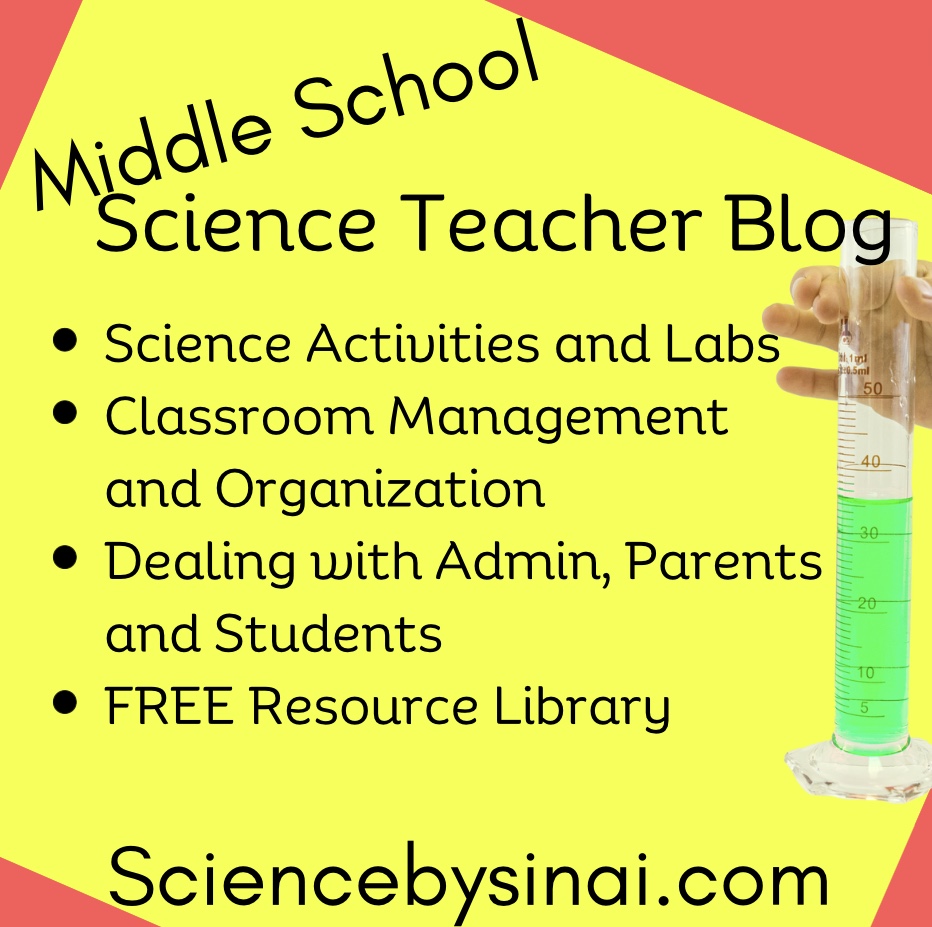
Hack #4 Have You Discovered This Book?!
Discover the big fat book notebook of science! Kids love it, teachers love it and parents love it. In fact, almost everyone I know has bought the whole series because they are so cheap and so worthwhile. Where were these books when I was growing up or even raising my daughter!?
I got a classroom set that I keep on the classroom shelf and it’s perfect for times that I need more content, the Wi-Fi is down, or a substitute teacher needs extra material.
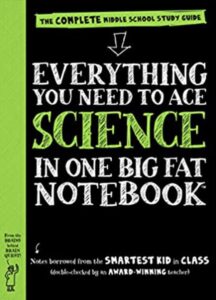
Hack #5 Assign Those Seats!
I made a big mistake of slacking off after Covid because everything had been so rigid. I started questioning why I was having some discipline problems until I realized it was my own fault! I do promise to change the seats once or twice throughout the year, and the kids always remind me.
Hack #6 Give Choices
Give choices! It may be a simple as a 50-50 choice between two parts of an assignment, but the students really respect and enjoy it. When you’re assigning a larger project there should be several options that tap into the different learning styles and personalities of your students.
Hack #7 Don’t Touch Lab Materials
Establish the rule of no lab equipment may be touched until you say go. No matter how inviting or interesting the materials look sitting in the center of the table, students must wait to start the lab. If you reinforce this over and over again, at the beginning of the school year, the students will actually correct each other.
Hack #8 Use Your Cameras
Use the camera for everything! Take lots of pictures for yourself, as part of your teacher portfolio, of projects, labs, bulletin boards etc. I take pictures of my set ups of labs before the students come in so I remember them the following year. Projects that are going to be disposed of, because they are too big, are great to keep photographically in your Google Drive. (13 Ways Using Photography Helps You Teach Science)
Have the students use their cameras on their devices, if you have them, as much as possible. Remember, this generation thrives on video and photo content. Why not speak their language?
Students use these photos to populate their digital science notebooks to really turn them into a work of art! They took great pride in creating matching backgrounds and revisiting the notebooks from year to year.
Hack #9 It Must Be Relatable
This teacher hack involves working hard to make every activity and unit relate to the student’s lives. Find any material you can that shows a correlation between the concept being taught and ”real life”.
Think about it. What’s the most inviting Instagram reel or TikTok? It’s when someone says “story time!” We love to feel connected to a topic.
Hack #10 Keep Organized Notebooks
Have very organized notebooks that you stay on top of with the students. If you read my blog posts, you know that I am a strong advocate of digital notebooks. However, if you decide not to go down that road, have students keep paper notebooks with an organized table of contents, and a minimal amount of gluing and pasting. Figure out a way to keep them neat and clean for the entire school year.
Hack #11 Use the Parents
Use your parents as guest speakers! Depending on your demographics, you may have doctors, nurses, nutritionists, surgeons, pilots, researchers and other interesting professionals. Most of the time they are thrilled to come in and talk about their career.
Hack #12 Do Checks-Ins
Do a materials check-in. Every once in a while I will do a check and make sure that everybody has a pencil or pen, a folder, or an iPad charged above 50%. I add a free 10 points to their average. Sometimes they beg me for a folder check if I haven’t done it for a while!
Hack #13 Use a Student Secretary
I used to project my iPad screen as I was giving over notes but I have now assigned a student “secretary” which puts less pressure on me and spotlights that student.
They also love to show off their digital notebooks, in which they take great pride with their backgrounds and extras. This frees me up to have notes on my screen or to use Apple classroom to make sure all the students are on the correct page.
Hack #14 Go Home on Time
Do your lesson plans thoroughly and organize your pacing guides at the end of the school year. This way you can go home every day on time and happily have no work to do!
As a sidenote, I use the free Trello app that’s on my phone, my computer and my iPad so that my pacing guide, lesson plans and links are at my fingertips no matter where I am.
Hack #15 Matter of Fact Consequences
Be very matter-of-fact if you need to present a consequence to a student. Never lose your temper. Never your raise your voice. If you act matter-of-fact, and almost apologetic that you need to enforce a consequence, you’ll notice that the other students will often tell that student to stop doing whatever he or she is doing.
Hack #16 Be in The Middle of Your Class
Stay on your feet as much as possible as you are teaching and doing activities. As I get older this is not so easy, but I do notice a huge difference when I am in the middle of the classroom versus near my desk or standing near the projector.
Hack #17 Testing Policies
Two things having to do with testing. One, I always give no less than one week’s notice about an upcoming test. I NEVER waiver on that rule and the kids respect that. Two, we always play a review game of some sort a few days before the test. I’m not big into study guides since they have their digital notebooks.
Hack #18 Revisit Favorites!
If you have a big hit with a certain activity, revisit it again if you have time.
For example, my students absolutely love looking at microorganisms under the microscope. Since I teach the same kids for 6th-8th grade, I sometimes let last year’s class come in my present class as “assistants”. Sometimes students even want to come in at recess and look under the microscopes!
Simon says bones and muscles is a big hit in 7th grade. We like to have a friendly competition between my seventh and eighth graders and it is amazing how much the 8th graders remember from the pervious year!
And of course, the all-time favorites, are the Rube Goldberg machines. This past year I successfully finished my eighth grade curriculum and I gave them a choice between building Magnet Mazes or Rube Goldberg machines. They turned them out in one week and they were amazing!
Hack #19 Be Silly With Them
Laugh with them, tell them funny stories from your life, and do silly things with them. We go outside and become zombies when we’re learning about speed. They know it’s silly but they also love taking videos of themselves doing it.
During the anatomy unit, they take pictures of themselves in poses and draw the different body systems on their bodies. These can be super funny as well. Give them opportunities show their creative humor whenever you can. How about a day in the life of a red blood cell being jostled around the body? Create aliens and tell their genetics and life stories.
Hack #20 Be Accessible
One of the things I love about having devices is that students can send me a private email with any concerns that they have with no one being the wiser. I tell the students on the first day of school that they can send me an email, even during class, if they are having some sort of an issue that needs to be addressed privately. Middle school students will appreciate this tremendously and a lot of potential issues can be nipped in the bud.
For example, two boys had apparently been in a pretty heated argument during recess and one of them had the forethought to email me right before class to tell me. He politely asked me to not put him in the same group as the other boy. We had a little bit of knowing eye contact when he first walked in, and the class continued smoothly as I put him with somebody else.
Conclusion
Like I said, a lot of these are common sense and done by many teachers. However, when you put them all together, you will find that you have very minimal discipline issues and that students will look forward to coming to your class. Feel free to add more of your hacks that in the comments below!


